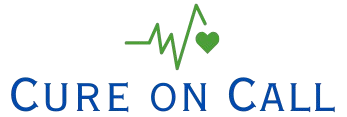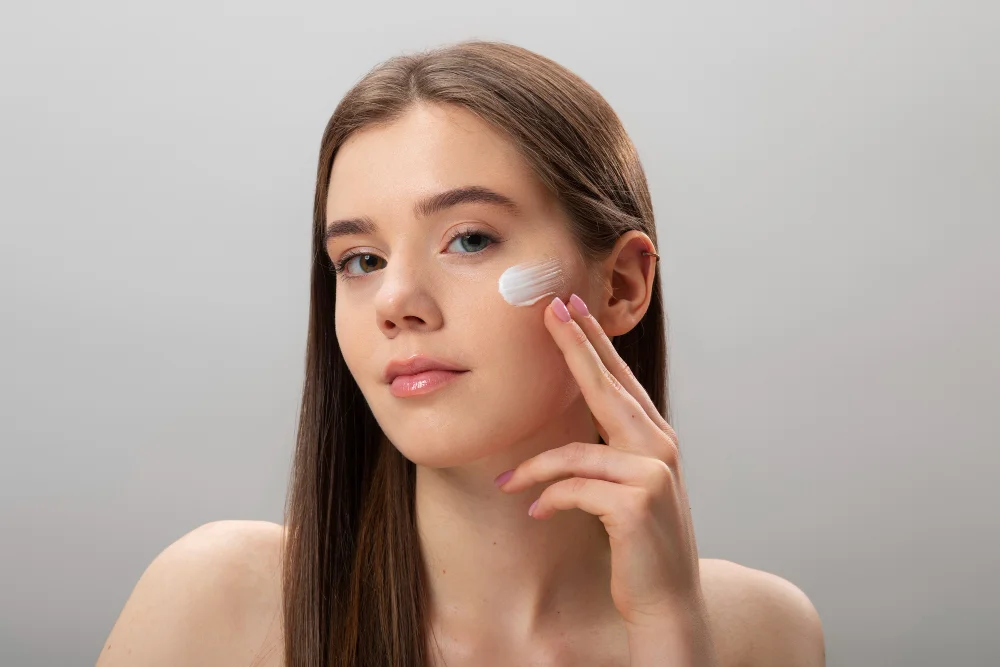The Morning I Realised My Skin Needed Saving
A few years ago, I stood in front of my bathroom mirror, horrified. My skin, which had once been healthy and even-toned, was patchy, painfully dry, and more sensitive than I could ever remember. The culprit? An over-the-counter bleaching cream I had used in hopes of “lightening dark spots”. Instead, it left me with redness, irritation, and peeling. I later discovered that I was not alone—dermatologists see hundreds of such cases every year. If you’re reading this because your skin is going through the same, let’s talk about how to heal it safely and effectively.
Why Bleaching Cream Can Damage Your Skin
Skin-lightening or bleaching creams often contain harsh active ingredients, such as hydroquinone, mercury, or high-strength steroids. While some are prescribed medically for conditions like melasma or severe hyperpigmentation, misuse or prolonged use can disrupt your skin barrier.
Dr. Amira Khan, a consultant dermatologist in London, explains: “Many bleaching creams strip away the skin’s natural protective oils, making it vulnerable to infections, UV damage, and chronic inflammation.”
Common side effects include:
- Redness and inflammation
- Extreme dryness or peeling
- Increased sensitivity to sunlight
- Worsening of pigmentation once you stop use
- Thinning of the skin (if corticosteroids are involved)
Step-by-Step Guide to Healing Skin Damaged by Bleaching Cream
1. Stop the Bleaching Cream Immediately
This might seem obvious, but some people try to “phase out” their cream. The problem? Continued exposure means continued damage. Unless a dermatologist specifically advises a tapering schedule, discontinue use straight away.
Real-world insight: When I stopped cold turkey, my skin initially got worse before it got better. This “withdrawal phase” is common, particularly if the cream contained steroids.
2. Switch to a Gentle, pH-Balanced Cleanser
Avoid soaps or foaming washes with sulphates. Instead, opt for fragrance-free, non-stripping cleansers. These keep your skin’s barrier intact while removing dirt.
- Example: CeraVe Hydrating Cleanser or La Roche-Posay Toleriane Dermo-Cleanser.
A 2019 study in the Journal of Dermatological Treatment found that pH-balanced cleansers reduced barrier recovery time by 42% compared to alkaline soaps.
3. Rebuild the Skin Barrier with Rich Moisturisers
Your skin barrier is your defence against pollutants, bacteria, and water loss. Focus on products with:
- Ceramides (repair skin structure)
- Niacinamide (reduces redness and strengthens barrier)
- Hyaluronic acid (deep hydration)
I personally saw the fastest improvement when I used a ceramide-rich cream twice daily.
4. Protect Your Skin from the Sun
Damaged skin is highly photosensitive. Unprotected sun exposure can worsen hyperpigmentation.
- Use a broad-spectrum SPF 50+ daily, even indoors.
- Reapply every 2 hours if outdoors.
According to the British Association of Dermatologists, daily sunscreen use can improve pigmentation issues by up to 40% within 6 months.
5. Avoid Harsh Exfoliation
Physical scrubs or strong chemical peels will worsen irritation. Instead, stick to gentle exfoliation (like lactic acid at very low concentration) only after your skin barrier has healed.
6. Incorporate Anti-Inflammatory Ingredients
Soothing agents like aloe vera gel, colloidal oatmeal, and green tea extract help calm redness.
- My go-to was refrigerated aloe vera gel, applied as a thin layer at night.
7. Consult a Dermatologist for Severe Damage
If you have:
- Severe redness
- Painful burning
- Oozing or infection
You may need prescription-strength creams (like hydrocortisone for short-term inflammation) or antibiotics.
Tip: Always bring the bleaching cream packaging to your appointment. It helps the dermatologist identify harmful ingredients.
Long-Term Skin Recovery Plan
Healing skin damage is not just about repair—it’s about prevention.
1. Address Hyperpigmentation Safely
If you originally used bleaching creams for dark spots, switch to safer alternatives:
- Vitamin C serums
- Azelaic acid
- Licorice root extract
- Niacinamide
2. Adopt a Minimalist Skincare Routine
Overloading products can overwhelm already stressed skin. Stick to:
- Gentle cleanser
- Barrier repair moisturiser
- Sunscreen
- Targeted treatment (only when skin is stable)
3. Avoid Unregulated Products
Many illegal bleaching creams are sold online with undisclosed mercury or steroid content. Only buy from verified pharmacies or reputable cosmetic brands.
Real-Life Case Study
Case: Nadia, 29, developed thin, red patches after using a high-strength hydroquinone cream for 8 months.
- Action taken: Immediate cessation, dermatologist consultation, prescription of niacinamide + ceramide cream, strict SPF use.
- Outcome: Within 12 weeks, redness reduced by 70% and skin tone evened out.
Her dermatologist emphasised: “The skin can repair itself remarkably well, but only if you stop the insult and give it what it needs to heal.”
FAQs
Q: How long will it take to heal?
A: Mild cases may recover in 4-6 weeks; severe barrier damage can take 3-6 months.
Q: Can I use makeup while healing?
A: Yes, but choose non-comedogenic, fragrance-free formulas. Remove gently at the end of the day.
Q: Will the damage be permanent?
A: Most cases are reversible with proper care, though prolonged steroid use can cause lasting thinning.
Q: Should I detox my skin?
A: There’s no scientific evidence that “skin detox” treatments work. Focus instead on barrier repair and sun protection.
Final Thoughts
Skin damaged by bleaching cream can feel like a setback, but it’s absolutely possible to restore its health. I’ve been through it, and while it takes patience, the results are worth it. The key is to stop harmful products immediately, focus on barrier repair, protect against the sun, and consult professionals for guidance.
Have you ever experienced bleaching cream damage? What helped you heal? Share your story in the comments—you might help someone else begin their recovery journey.
Read Also: Can You Chew Gum on Keto and Intermittent Fasting?




